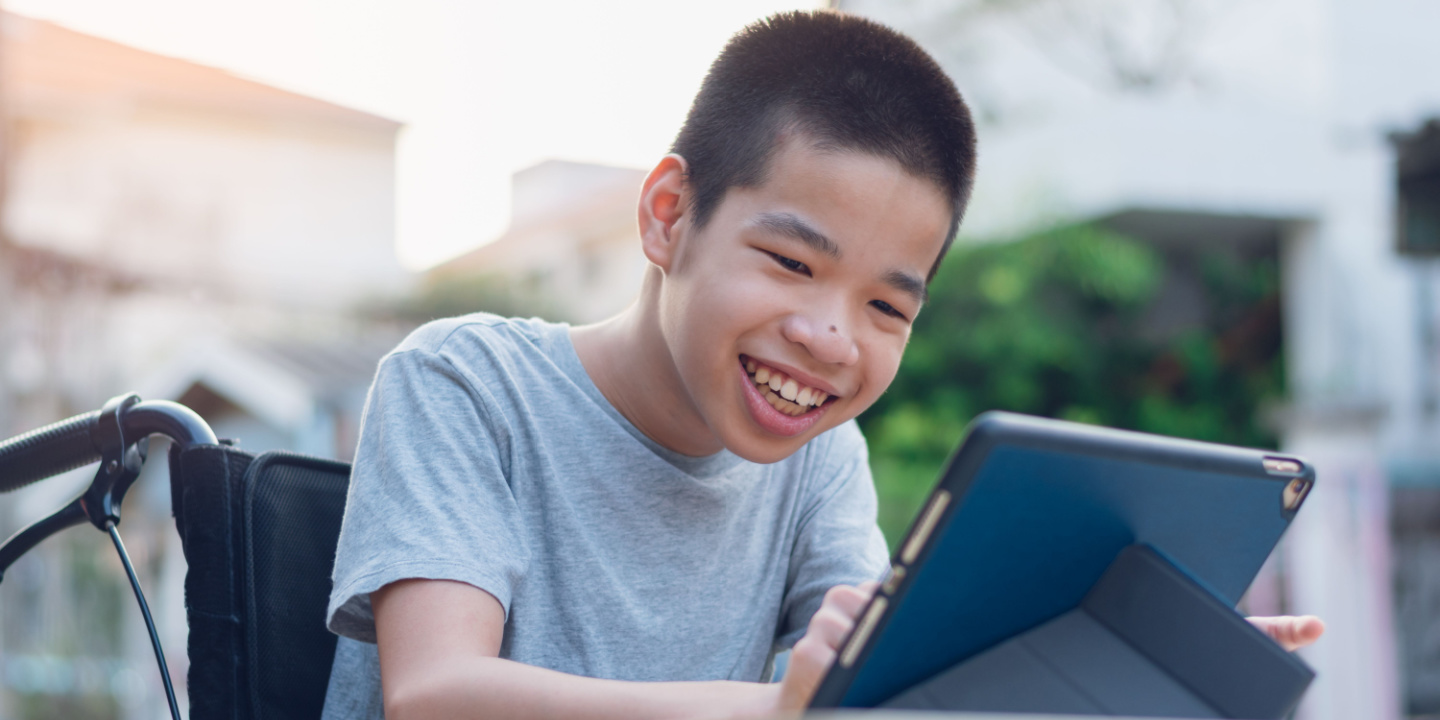
Improving remote learning for students with disability
Research 12 Jan 2023 5 minute readACER and Catholic Schools NSW have identified strategies that contribute to inclusive learning experiences of students with disability during remote learning as well as upon returning to the physical classroom.
The COVID-19 pandemic has brought to the fore the potential of remote learning mechanisms to support mental health, social and emotional learning, and academic learning of all students. The use of remote learning mechanisms to support student outcomes remains a relevant and pressing topic, particularly in the face of disruption from natural disasters, ongoing isolation for students and teachers due to sickness, and the co-existing immunity and health challenges occurring in students with disability.
When implemented purposefully, remote mechanisms can supplement face-to-face teaching and safeguard student outcomes during periods of disruption. Its benefits include the flexibility to adjust daily schedules, a learning environment with fewer distractions and increased accessibility through technology.
Sadly, our review of Australian and international research published between March 2020 and April 2022 revealed many students with disability did not experience a quality education during remote learning periods associated with COVID-19 restrictions.
Surveys conducted by groups such as the Association for Children with a Disability and Amaze reported inaccessible learning materials, and a lack of adjustments to curriculum, teaching and learning. Social and behavioural support, and access to individual support workers (such as specialist allied health staff) or specialised equipment were substantially reduced or omitted from remote learning for these students.
The gaps in support for students with disability, as experienced during periods of remote learning, reflect the gaps that have been reported in pre-pandemic reviews of inclusive education practices in Australia. Schools therefore have work to do to ensure a solid foundation of accessibility and support structures for students with disability that can be maintained in the event of a crisis.
However, research suggests that when students received support, especially social support, from teachers or the school more broadly, educational and social outcomes improved. This was particularly evident when support was provided at a greater intensity and in multiple forms.
Online learning that incorporated multiple modalities and a range of interactive activities, including informal play or connection, appeared most effective in facilitating successful social and educational interactions. Strategies include adopting technology to record lessons for students to re-watch, as part of a blended approach to teaching, and virtual communication with students and parents.
A student-centred approach to transitions to remote learning and back to face-to-face learning ensures that students’ preferences are considered, and support requirements are tailored to minimise stress and disruption.
Staff training is imperative to ensure the establishment of inclusive learning environments. School leaders play an important role in setting the tone and expectations, facilitating effective professional development and ensuring teachers are well-prepared and well-supported.
A strong foundation of accessibility, supplemented with reasonable adjustments to pedagogy, learning and assessment, is key to ensuring students with disability have equal opportunity to learn and thrive.
Read the full report:
Medhurst, M., Conway, M., & Richardson, K. (2022). Remote learning for students with a disability: Game changer or moment in time? Literature Review. Australian Council for Educational Research. https://doi.org/10.37517/978-1-74286-683-3